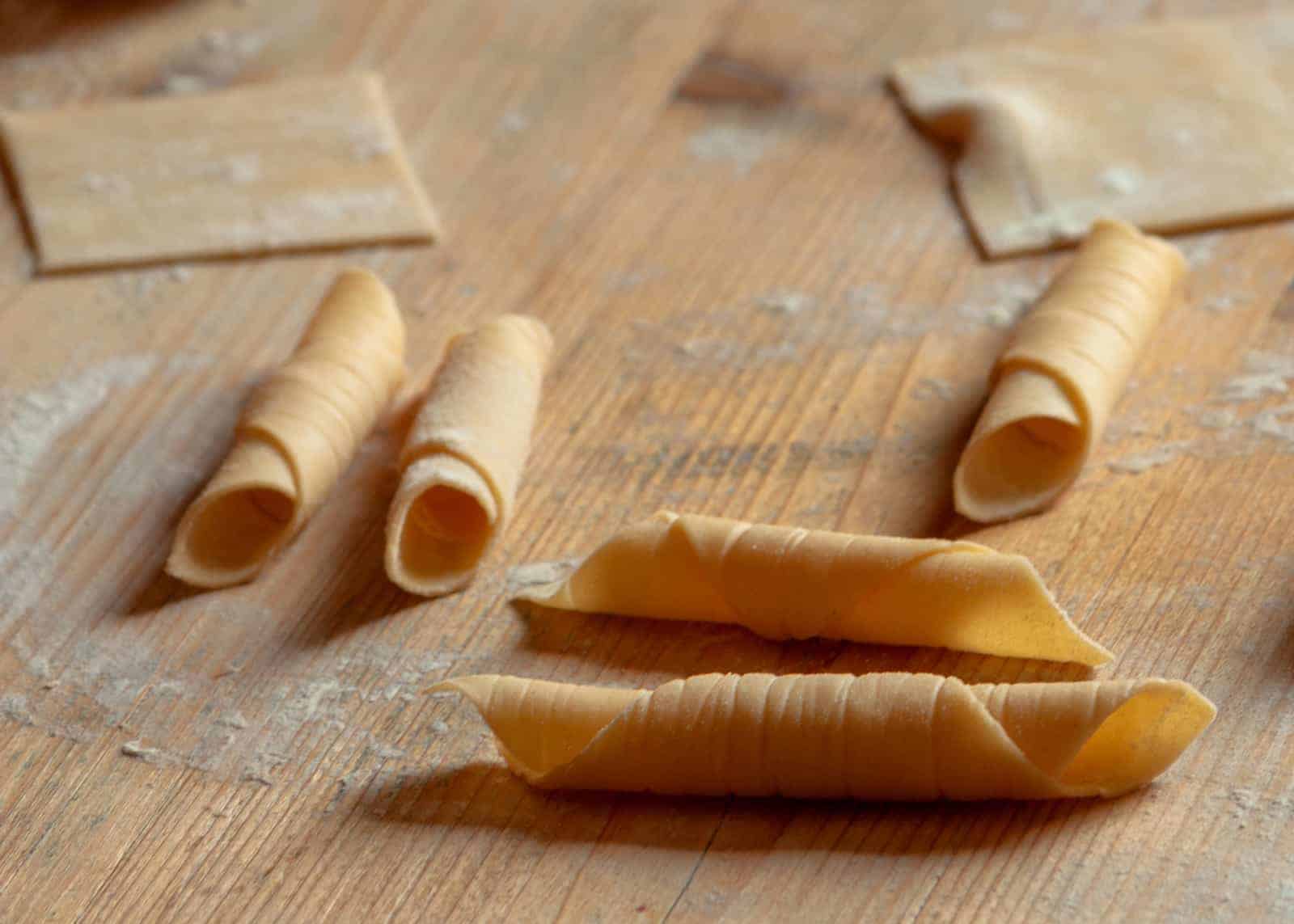
Homemade Garganelli are the typical, ridged tubular pasta from Emilia Romagna. They harmonise perfectly with strong meat and bacon sauces. They were invented – like many other culinary treasures – as a result of an accident in the kitchen.
The cook, her cat and the pasta
A celestial kingdom for stuffed noodles
Let us go back in time to northern Italy at the beginning of the 18th century, where, according to legend, Cardinal Cornelio Bentivoglio lived. He not only loved to eat pasta, but he also liked to show off his wealth and power – even from the kitchen in his court. Common people could not afford pasta ripiena (an umbrella term for dishes, which are prepared with different fillings) such as cappelletti, tortellini or anolini. At the Cardinal’s court, they were freshly prepared and served each day by the Cardinal’s experienced pasta cook, an arzdora.
How tubed pasta saved the day
One morning, a noise distracted the arzdora in the yard. While she was looking out, the cat, which was actually responsible for catching mice in the pantry, ate half the meat filling for the cappelletti – which caused a great shock. On this day, there were only a handful of stuffed cappelletti. From the rest of the dough squares, the cook rolled small tubes and made ridges in them crosswise. Fortunately, the cardinal loved the pasta, which, due to the ridges, absorbed the sauce much better than smooth pasta.
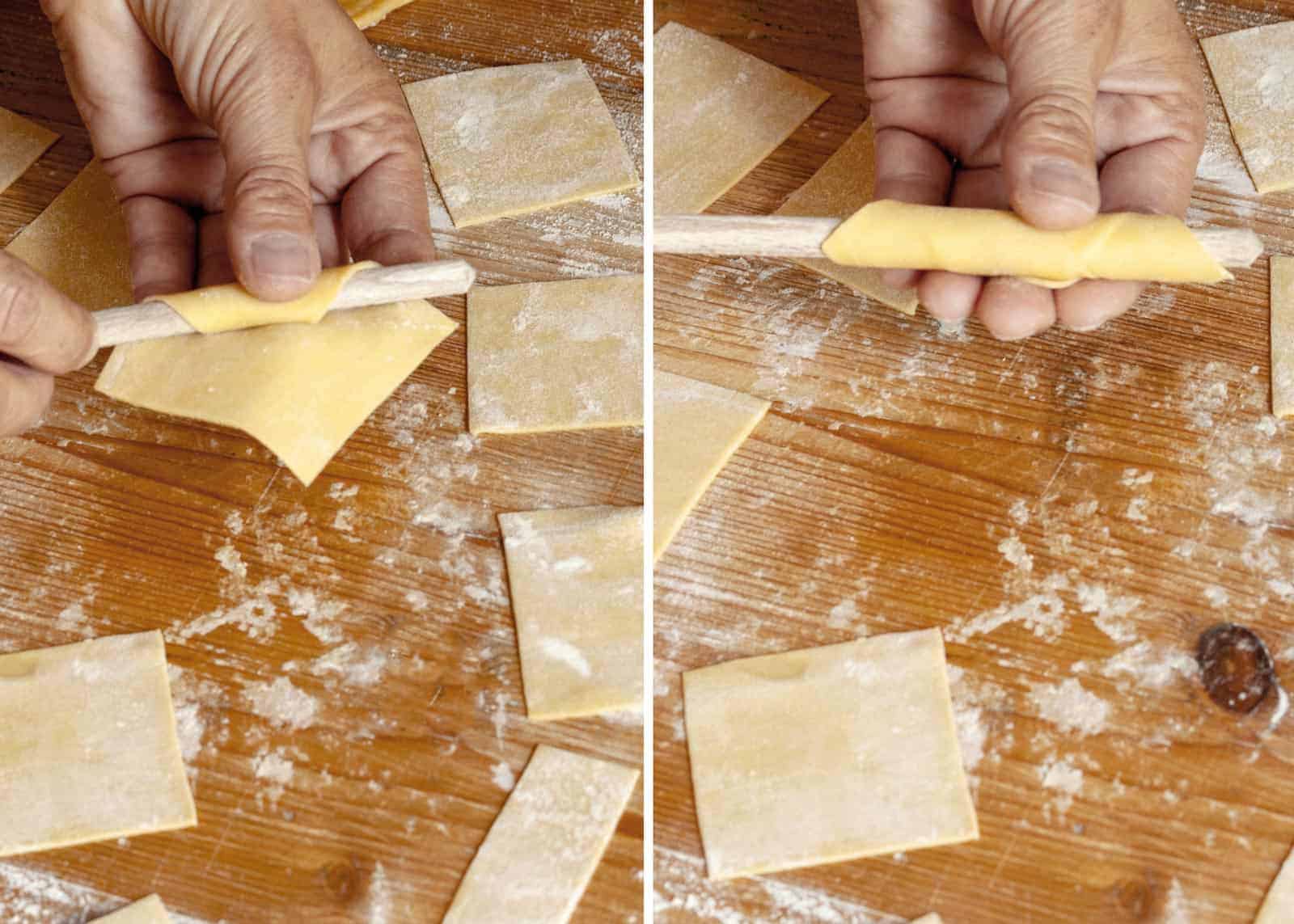
Garganelli variations
Homemade garganelli were named after a word in the Romagna dialect: the garganel. This is the chicken's oesophagus, which is reminiscent of the shape of the pasta. The garganelli were cheaper to prepare than pasta ripiena and soon found their place in the kitchen of Emilia Romagna. Garganelli or maccheroni (al pettine) were, in the past, only available fresh and as egg pasta.
Today, you can find them in the supermarket, also made from durum wheat and water. You should definitely try garganelli with a sauce of courgette, saffron and bacon. You can find them prepared with salsiccia (a spicy sausage) or with chicken breast ragout.
📖 Recipe
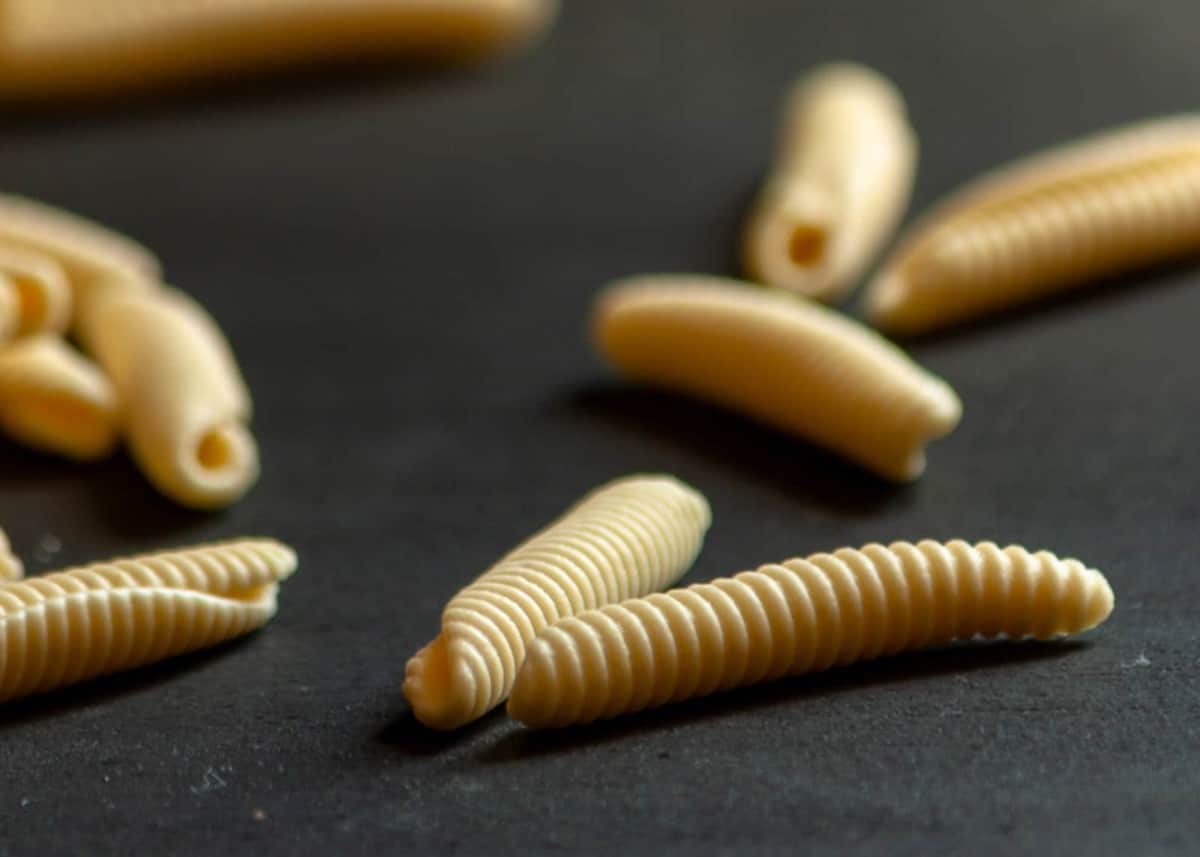
Homemade fresh Garganelli
Ingredients
- 400 g durum wheat flour
- 4 eggs
Instructions
- Sieve the flour onto a clean work surface and form a nest in the middle. Add the eggs to the centre and mix together all of the ingredients, first with a fork and then with your hands, working from the inside out. Knead the dough until it is smooth and elastic. Wrap in cling film and leave to rest in the fridge for at least 20 minutes.
- Then, roll out the dough until thin (approx. 1 mm) with a rolling pin. Cut out squares of approx. 5 cm with a knife. Wrap the squares diagonally around the handle of a cooking spoon and then roll them on a pettine (pasta comb) to create ridges on the outer surface. If you do not have a pasta comb, use a wide-toothed, clean hair comb or a gnocchi board. Carefully remove the garganelli from the stick. Let them dry on a floured cloth until needed or cover them before cooking.
Nutrition
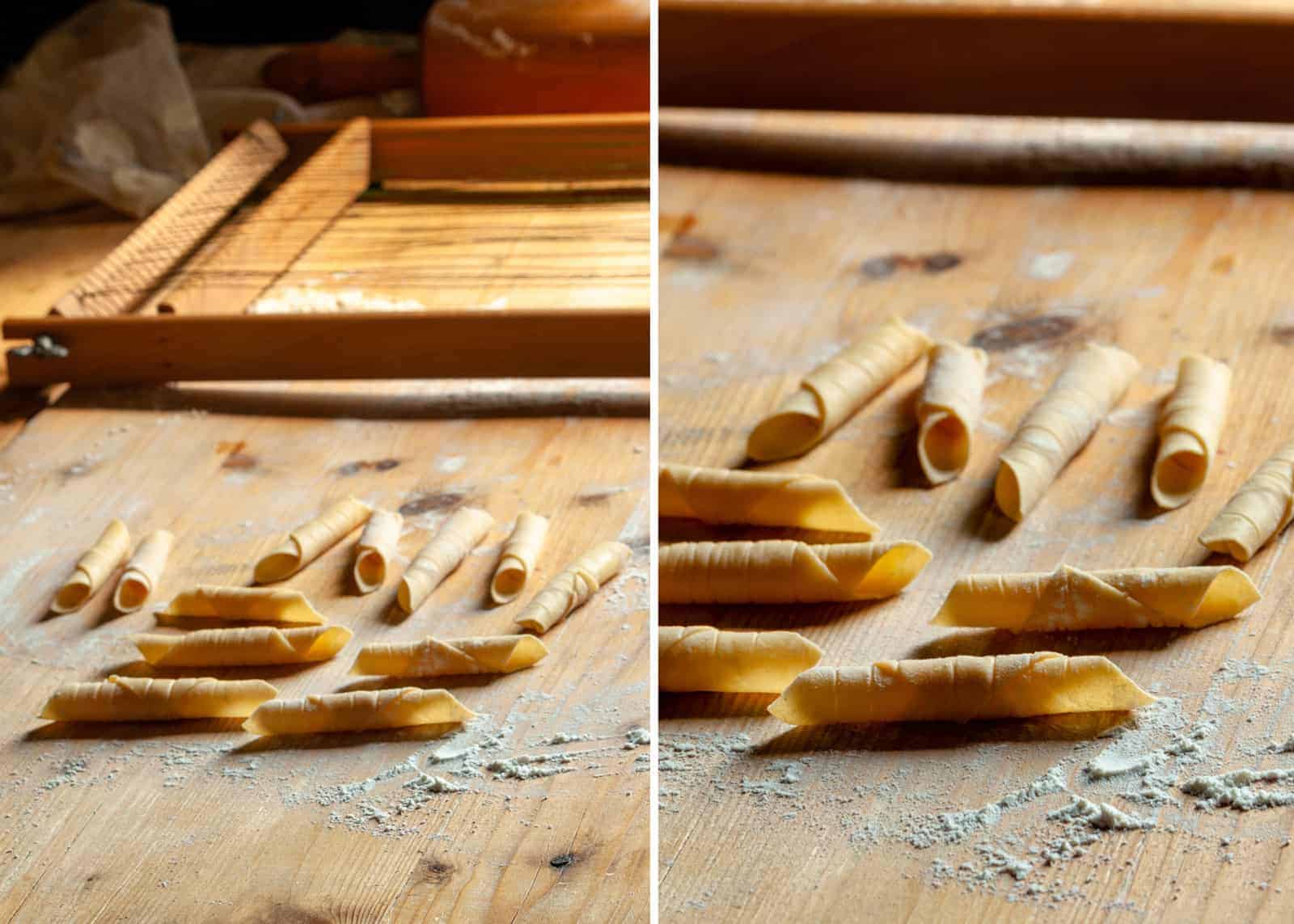
Buon appetito!


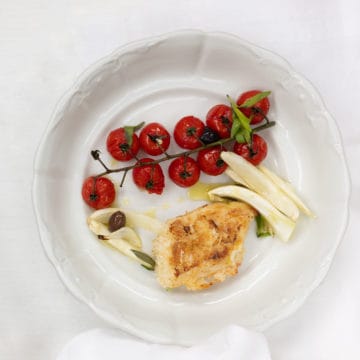
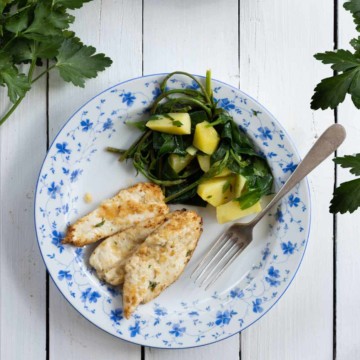
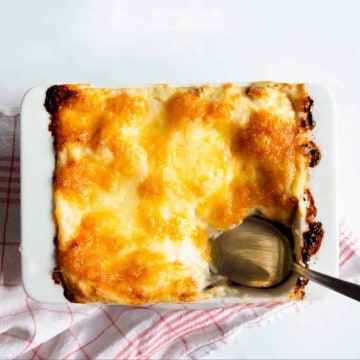
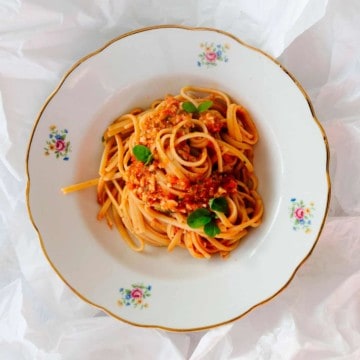
Leave a Reply